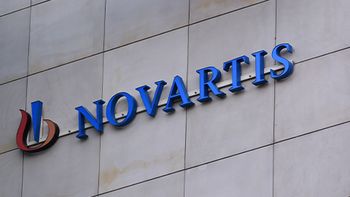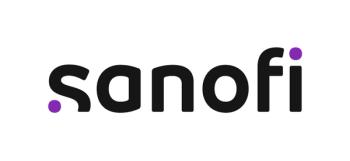
- Pharmaceutical Executive-01-17-2006
- Volume 0
- Issue 0
Pfizer Adds Radio Frequency Identification Tags to Viagra
Learn how RFID technology works and what it could mean for pharmacies down the road.
In an attempt to cut down on counterfeiting, Pfizer added 13.56megahertz radio frequency identification (RFID) tags to all Viagra (sildenafil) labels earlier this month. The company has also tagged shipping cases and pallets.
Using this emerging technology for such a popular product is an important step towards embracing tools that many believe will soon be nearly universal. Others say it is crucial for ensuring the quality of a popular drug that is often counterfeited.
“I think this is a wonderful idea because Viagra is one of the drugs that is most frequently and prolifically counterfeited,” said Michael Patton, executive director of the Illinois Pharmacists Association. “It’s a plus on behalf of pharmacies and on behalf of healthcare for all patients.”
Pharmacies and wholesalers can scan the labeled pallets and cases when they receive a shipment, provided they have the scanning technology. The Viagra RFID program will not track the shipment through every step of the supply chain, just its delivery at a distribution center. This will allow the recipients to ensure the Viagra they receive is not counterfeit, said John Jordon, president of worldwide field operations at Tagsys, the company providing the RFID technology for the labels.
Pfizer said it would consider taking the technology further, to a track-and-trace program. According to John Cronin, senior vice president and counsel for the California Pharmacists Association, track-and-trace is the ultimate goal of using RFID for drugs.
According to Pfizer, the technology cost several million dollars to implement.
The RFID tags for Viagra labels work by the same mechanisms as passes that allow cars to drive through tollbooths without stopping, Jordon said. The tags contain circuitry that is activated when it is close to a corresponding antenna. Once it is “woken up,” the tag communicates a number to the antenna, which relays it to a computerized database, where the number is verified.
These readers can cost hundreds to thousands of dollars, Jordan said. But he added that each facility would only need one reader at first.
Jordon and Patton agreed that the price of this technology would probably decrease as RFID tagging becomes more common.
Pharmacists believe embracing this technology is inevitable. Jordon predicted that it would take off over the next five years, with mass adoption starting in 2008. It is starting with products that are often stolen, abused or counterfeited, he said. But after many of the high-risk drugs are verified using RFID, the technology will be common and inexpensive enough that nearly all branded drugs and over-the-counter products could use RFID tags.
“Anything of reasonable value would then likely have a tag,” he said.
Right now, reading shipments with RFID technology is more useful for pharmaceutical wholesalers than pharmacists, Cronin said. But he predicted that it will eventually be implemented everywhere.
“This is the first step down a road that we’re all going to have to go down eventually,” he said.
Articles in this issue
almost 20 years ago
FDA Encourages Exploratory Human Testingalmost 20 years ago
Understanding Demand, Not Just Supply, Key to Solving Flu Vaccine ShortagesNewsletter
Lead with insight with the Pharmaceutical Executive newsletter, featuring strategic analysis, leadership trends, and market intelligence for biopharma decision-makers.




